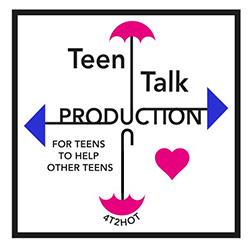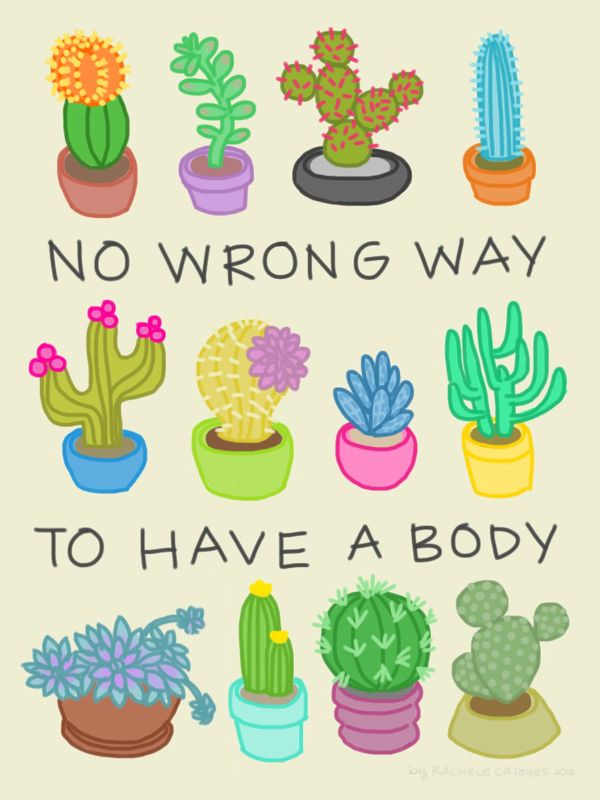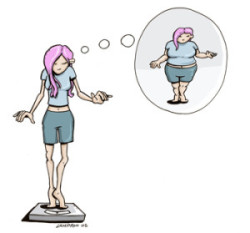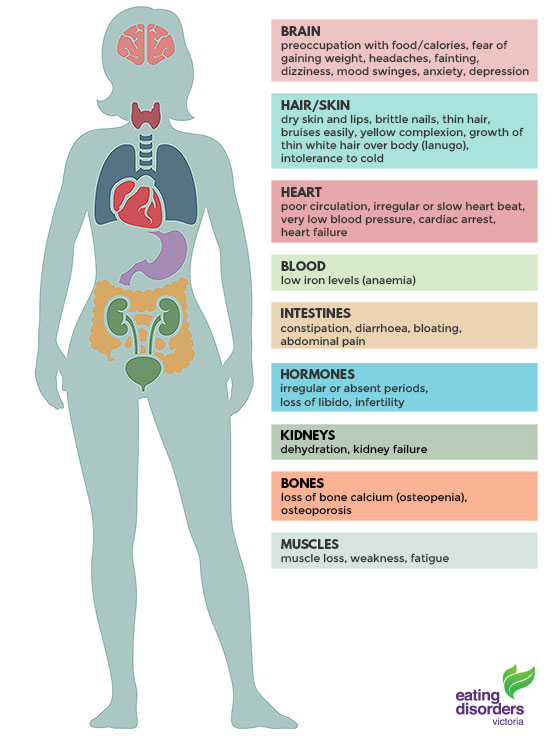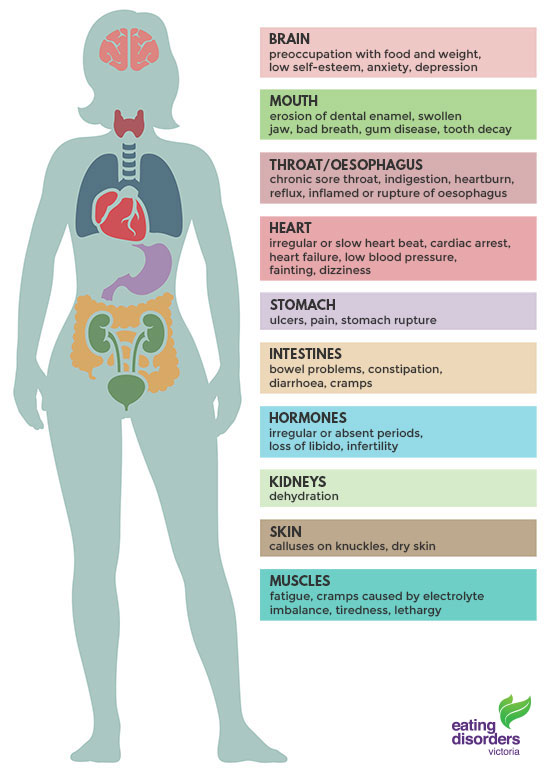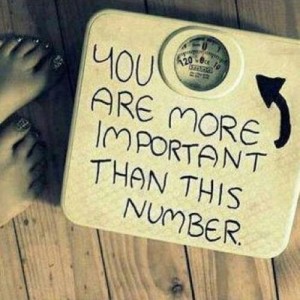The Body Image Series – Part 2
Dying to be thin and the body impossible!
Fat. Chubby. Ugly. Rolls. Wobbling. Thigh Gap. Bones. Ribcage. Puppy fat. Puberty. Growth Spurts. Bloating.
Slim down for a boy you like. Get muscly for a girl you like. You can borrow my jeans but they might not fit you. Loose 5kg in 5days. Incredibly weight loss tea. Detox to loose weight. 10 ways to appear thinner in pictures. You’re looking a bit chubby at the moment.
We are bombarded with all of this and more on a daily basis. It can seem impossible to turn off the negative thoughts in your head, to remove the negative people from your life, to come to the conclusion that your self worth is not tied to a number on a scale or a size in the store. It can be hard to learn to love yourself. But it is not impossible!
One thing that can help you is getting educated on some of the serious issues that arise from body image problems.
Eating disorders are a HUGE issue and its time to bust some myths!
In Australia approximately 28% of males and 35% of females between the ages of 11-24 do not like the way their body looks. At any given time 913,986 people are suffering from an eating disorder in Australia. 64% are girls and 36% are boys. Approximately 20% of girls have an undiagnosed eating disorder and all of this occurs most commonly in adolescence or young adulthood. Now let’s get specific!
Anorexia, the shortened title for Anorexia Nervosa, is defined by…
The persistent restriction of energy intake, intense fear of gaining weight and disturbance in self-perceived weight or shape.
(Thank you National Eating Disorders Collaboration)
Anorexia Nervosa (AN) is a psychiatric illness where a sufferer restricts the food they eat and over-exercises to the point where their weight becomes dangerously low. AN is called a psychiatric illness because the physical changes that occur, do so because of overwhelming thoughts related to eating, weight gain, self-worth and self-perception.
AN has two sub-types (different categories of AN):
- Restriction subtype – People with this subtype place dangerous restrictions on the amount of food they consume. This includes calorie counting, removing entire food groups, skipping meals or obsessive behaviour regarding food i.e. eating only one colour.
- Binge/Purge subtype – People who suffer from binge/purge will also severely restrict the amount of food they consume but may also purge (vomiting, taking laxatives) or experience binge eating (consuming lots of food in a short amount of time and feeling a loss of control).
Anorexia is not the only eating disorder out there. It’s time to talk about Bulimia. Bulimia Nervosa is a little different to AN. People who suffer from Bulimia may be able to maintain their weight but experience binge-eating sessions that push them to feel they have lost all control, to be racked by guilt and shame and to then engage in ‘compensatory behaviour,’ this means they may make themselves vomit, restrict food for a while, exercise like crazy or take laxatives. Loads of people think that to suffer from an eating disorder you have to be super skinny, but this is not true! To the outside world, someone with Bulimia may look perfectly normal and that makes it a very dangerous illness. Bulimia often starts with a typical weight-loss diet, you restrict your foods, sometimes cutting out a whole food group (poor carbs, they have such a bad reputation, but I promise, they’re not the devil!) which leads you to feel really hungry, and sometimes the diet stops there and you go back to your normal eating habits (which probably weren’t bad in the first place!) but sometimes you sit down and eat ALL the food you restricted before, and then to compensate for that you restrict yourself all over again. It is a dangerous cycle and could indicate the beginnings of Bulimia.
It can feel confronting to talk about illnesses like AN and Bulimia, but it is so important that we do! Sadly, the people who suffer from these eating disorders the most are young people just like yourselves between 12 and 25 years old!
I encourage you to go back over the images in this blog and familiarise yourself with the signs and symptoms of these illnesses. Who knows, your new found knowledge may just save someone’s life! And one more little tip: always be conscious of what you say to others, the smallest comment can have the largest impact, even if it was not meant to be hurtful! I can still remember that I was lying on my side when my first boyfriend point out that my tummy was dropping down to the bed instead of staying fixed and flat (I think he forgot about gravity) …I was 14 years old then, I am 23 now and I still to this day take a peak at my tummy when I lie on my side…just to see if it still droops like he said it was before. It is hard to forget these small comments There isn’t much of a need to comment on somebody else’s body so unless you’re telling someone that there is a giant spider climbing their up their thigh…just hold in those comments.
Remember, if you suffer from psychiatric illness like Anorexia or Bulimia, you are not alone. The hardest thing to do is ask for help but by asking for help you are putting yourself first, you are taking your life back and that is incredibly brave. Surround yourself with people who encourage you to be the happiest, healthiest and best person you can be and you will find that problems seem smaller and victories come easier J
Catch you next time!
Your Teen Talk Blogger
Asha Khan
@asharosie_khan (Instagram)
For more info about eating disorders and body image check out Teen Talk DVDs 8, 10, 14 & 15!
That was heavy… For something more upbeat check out the Teen Talk Music & Performers Concert. Sunday July 29th, 5pm-10pm, Elsternwick Park Sports Club.
https://www.trybooking.com/VTZX
Check out these badass stories of survival!
Get help <3
https://thebutterflyfoundation.org.au/
Resources
https://www.nedc.com.au/eating-disorders/eating-disorders-explained/types/anorexia-nervosa/
https://www.eatingdisorders.org.au/eating-disorders/bulimia-nervosa
https://www.eatingdisorders.org.au/key-research-a-statistics
